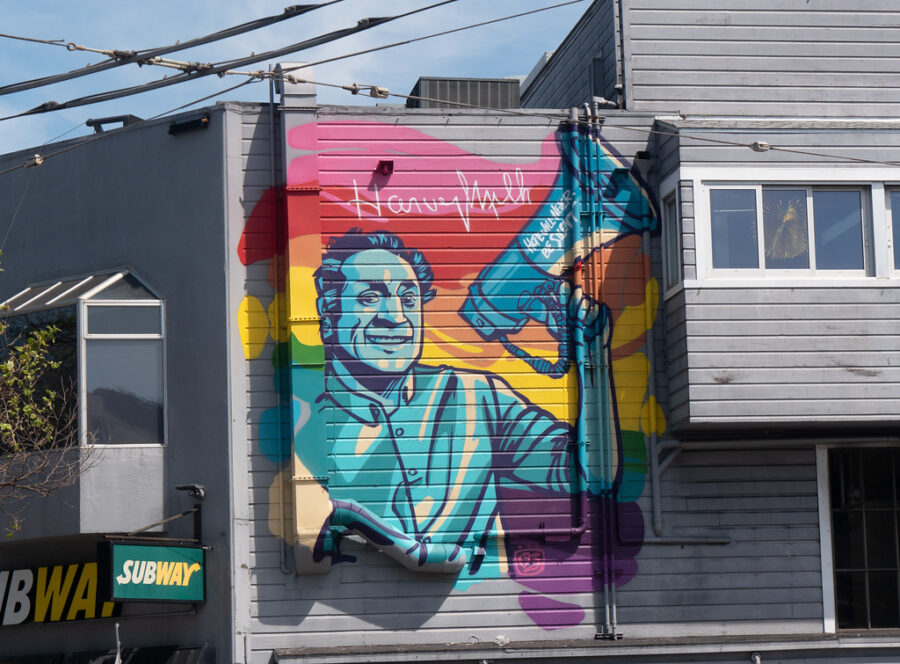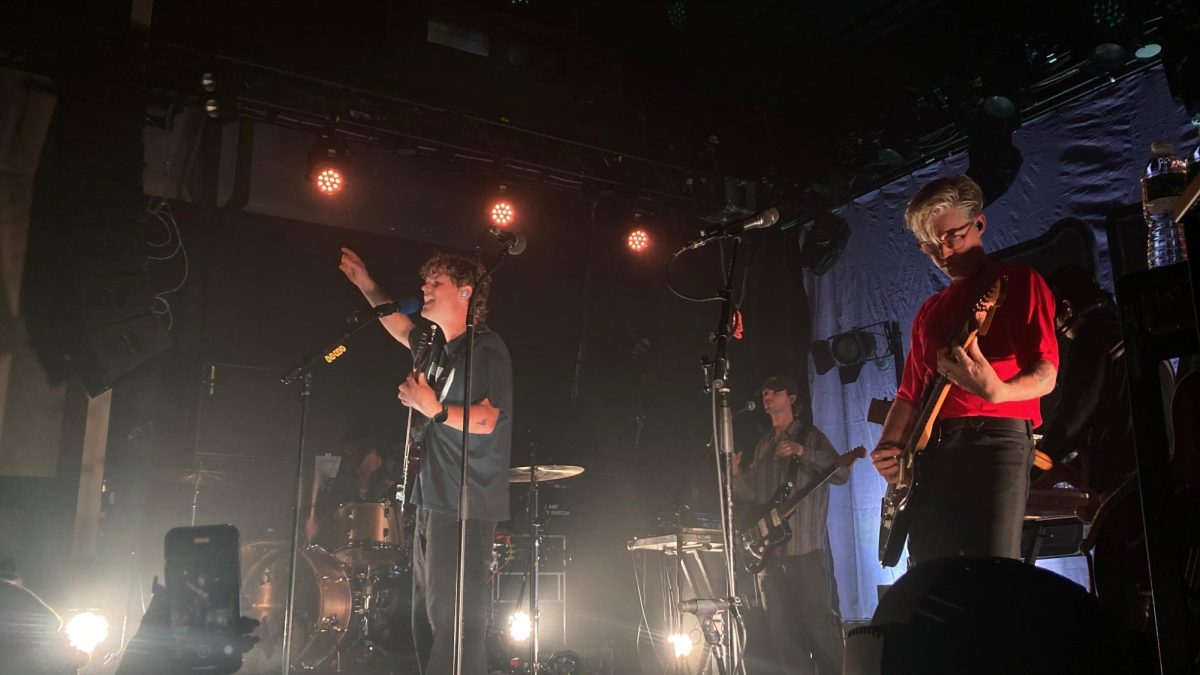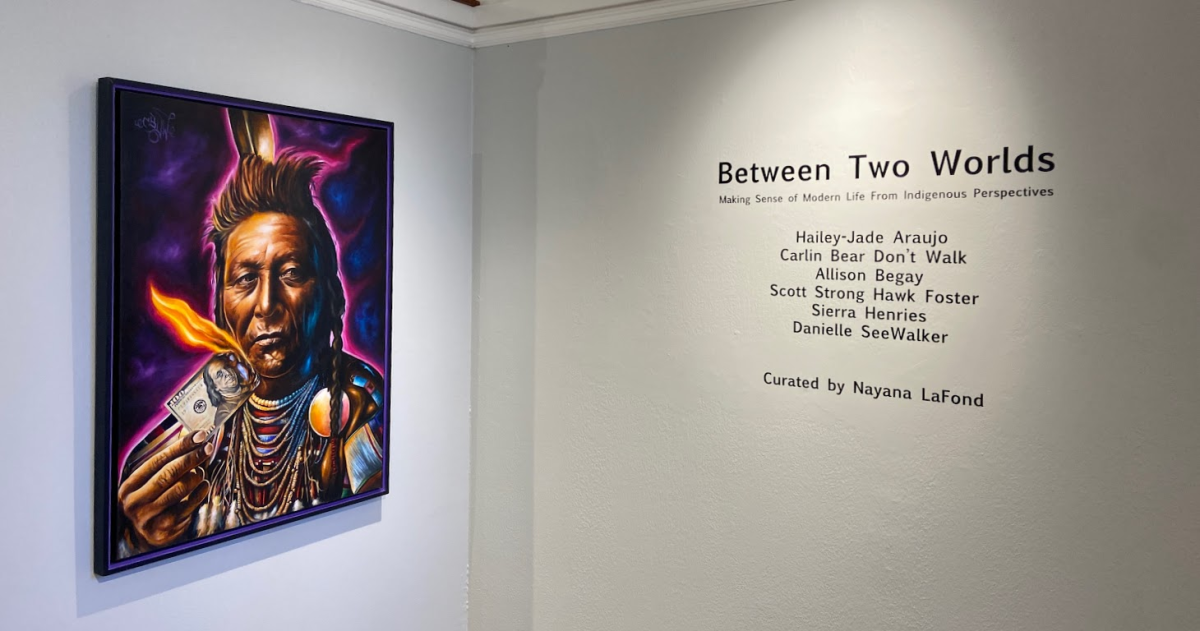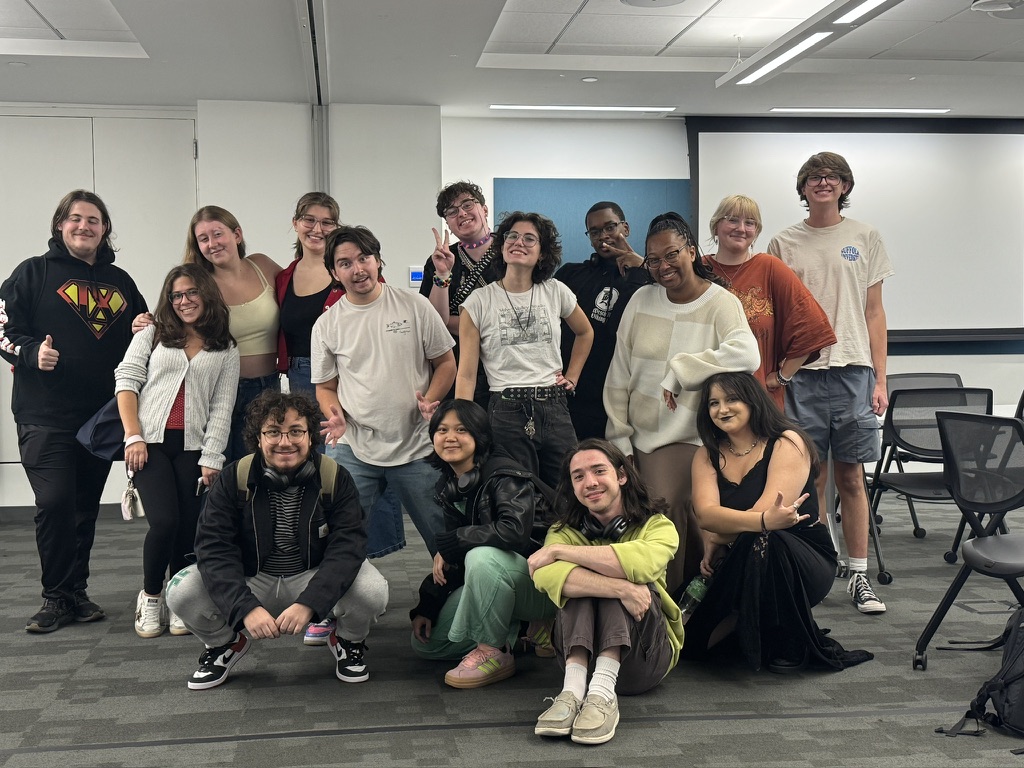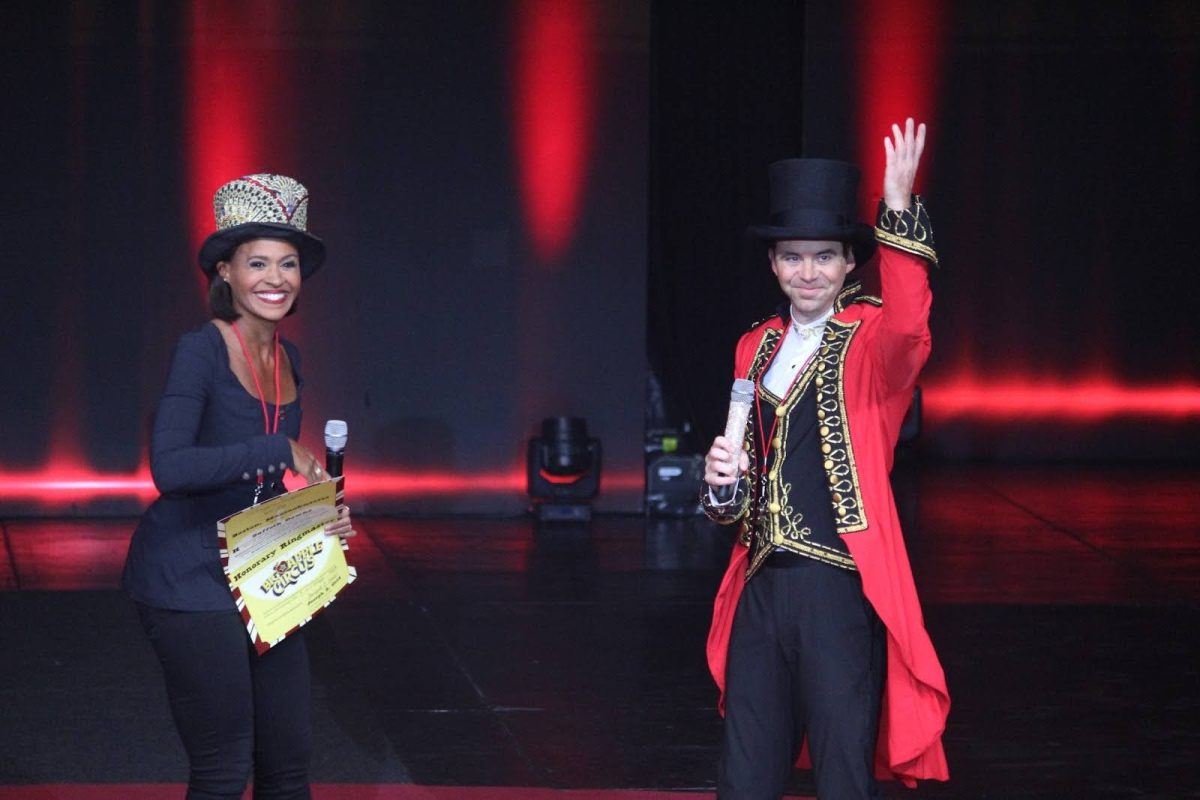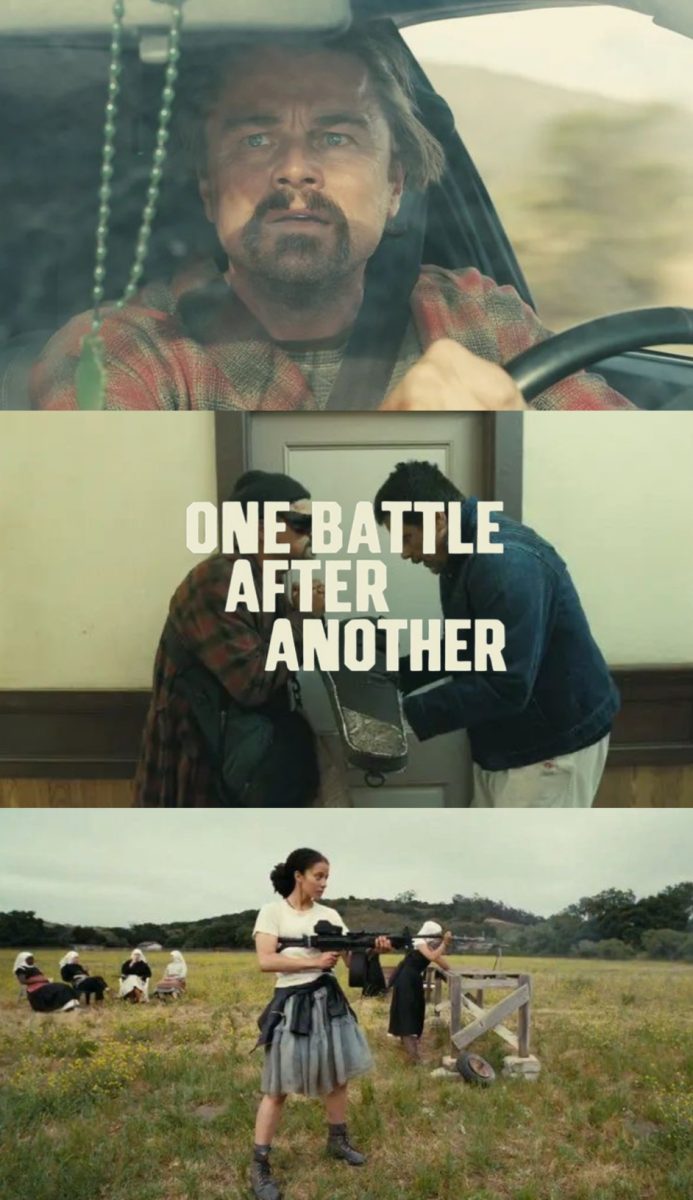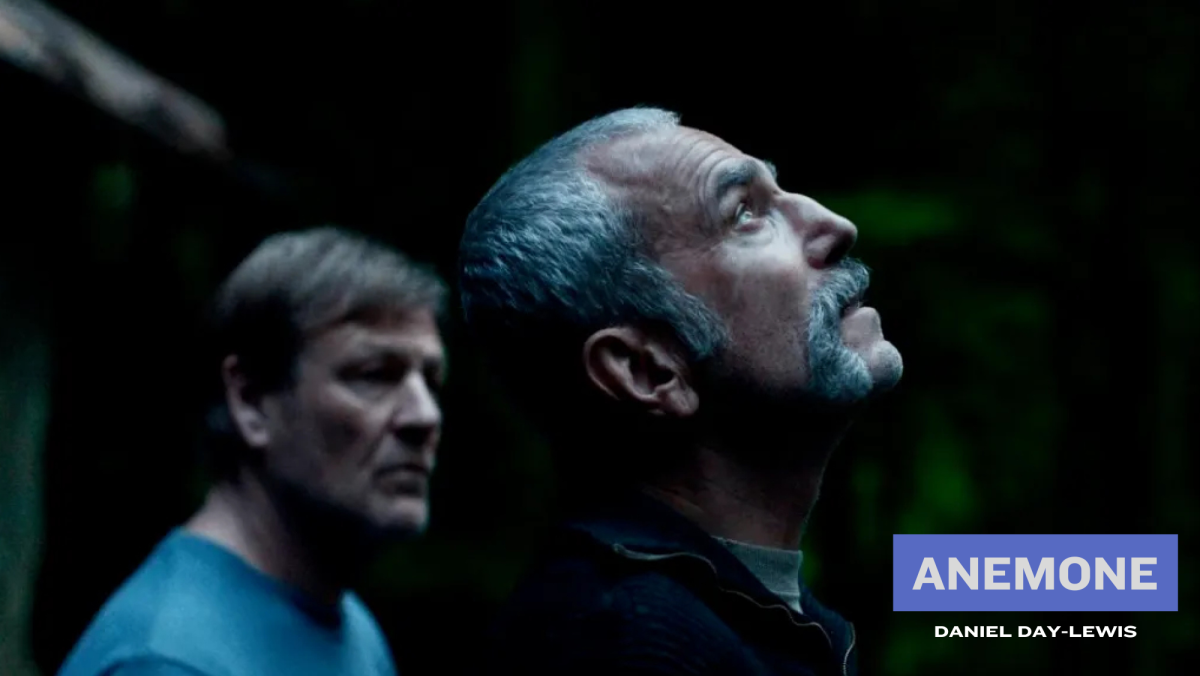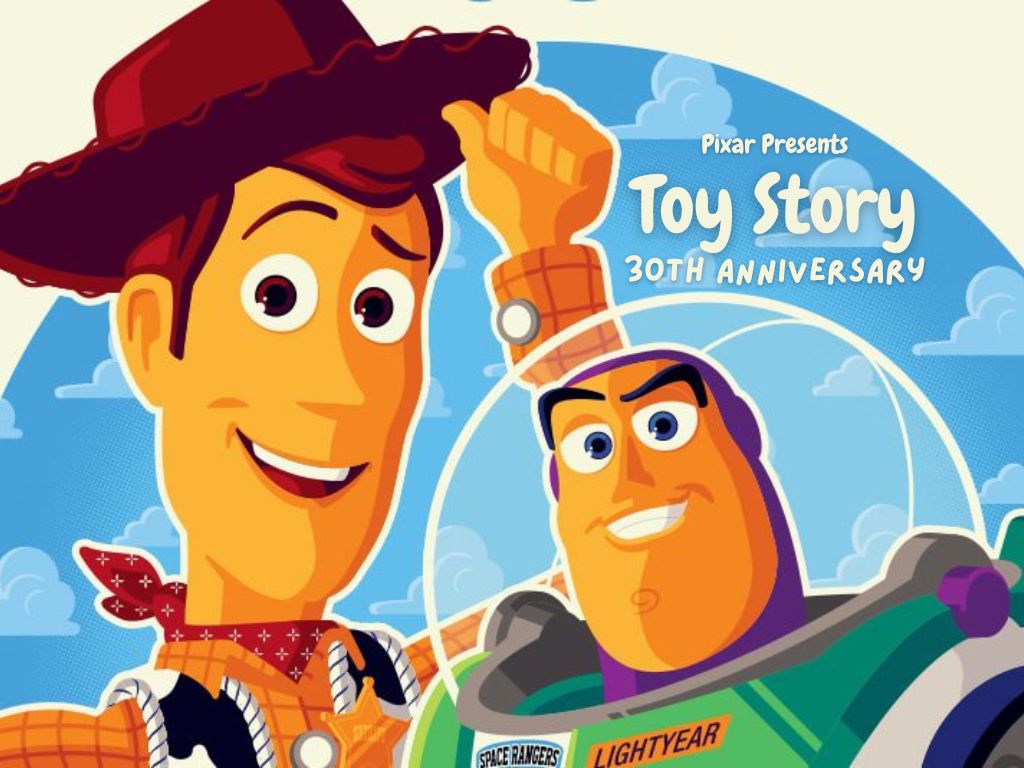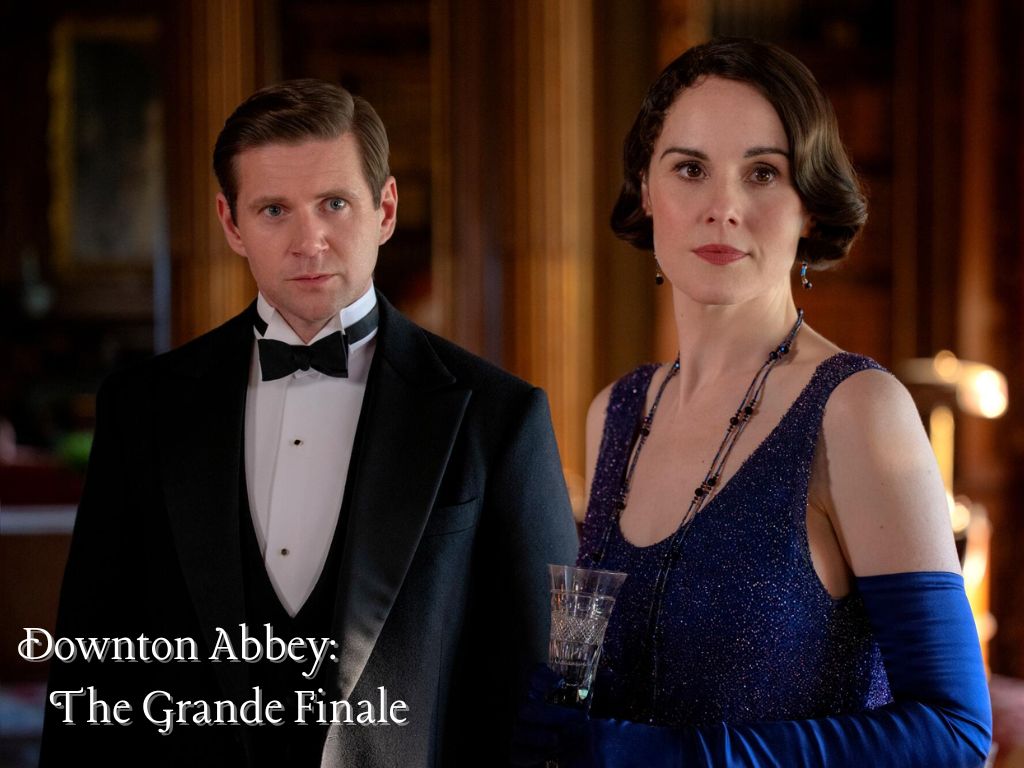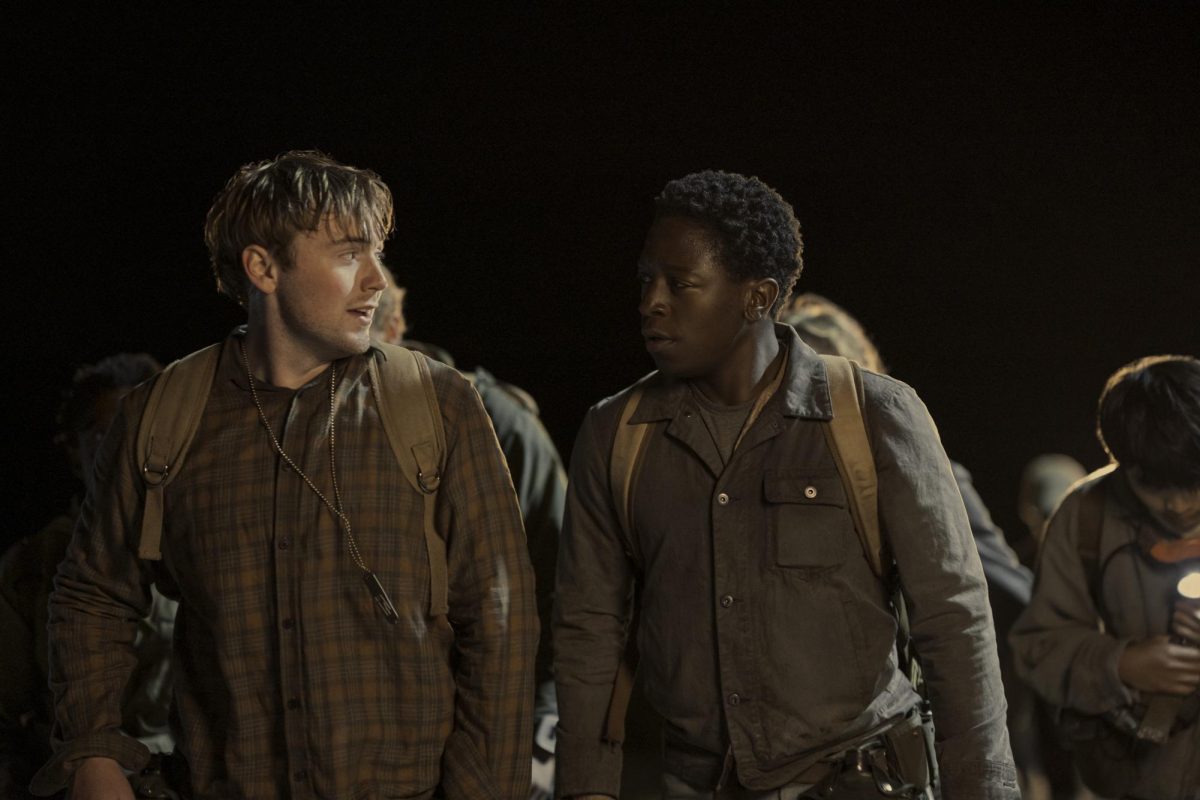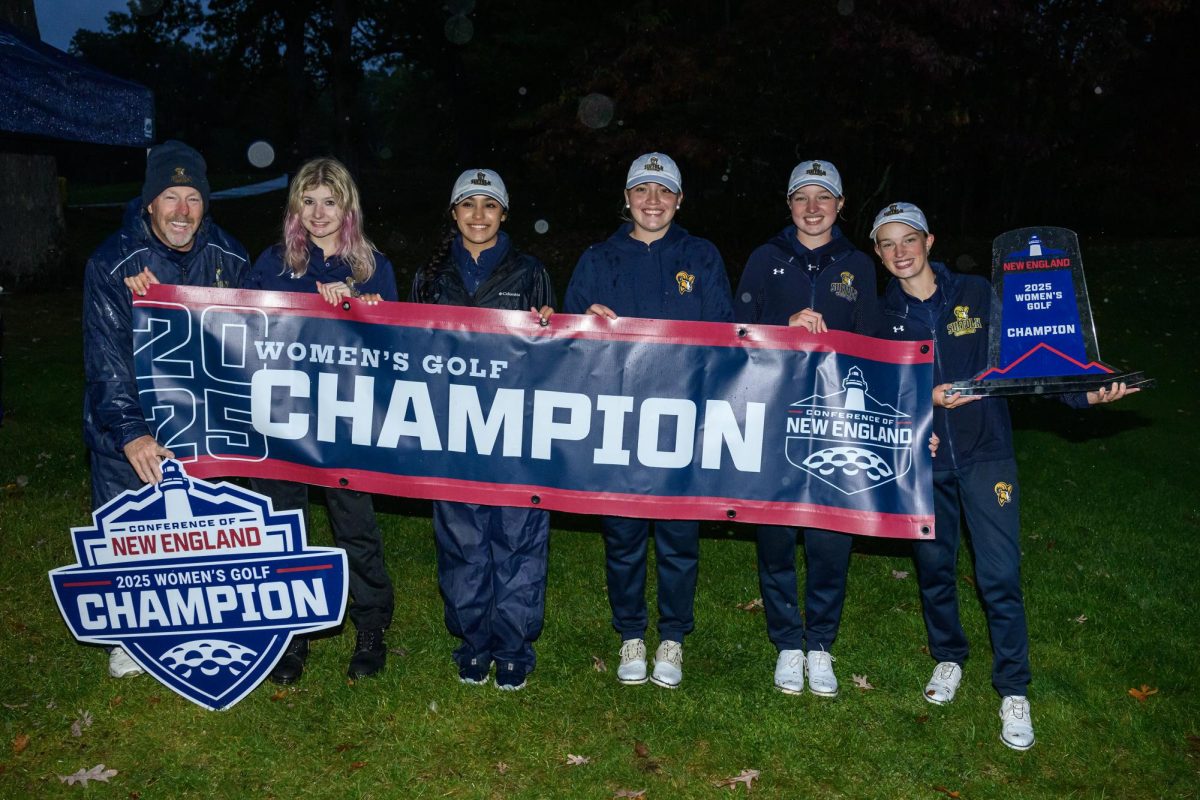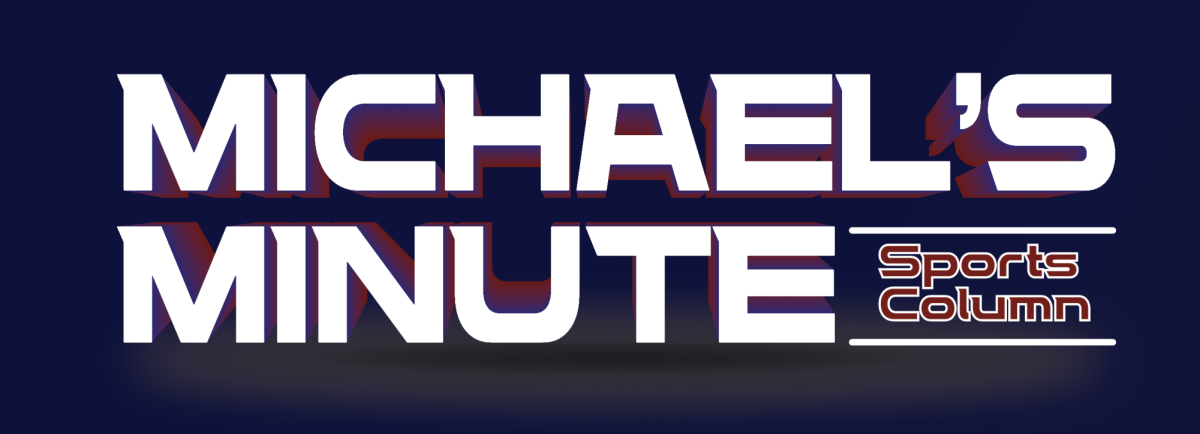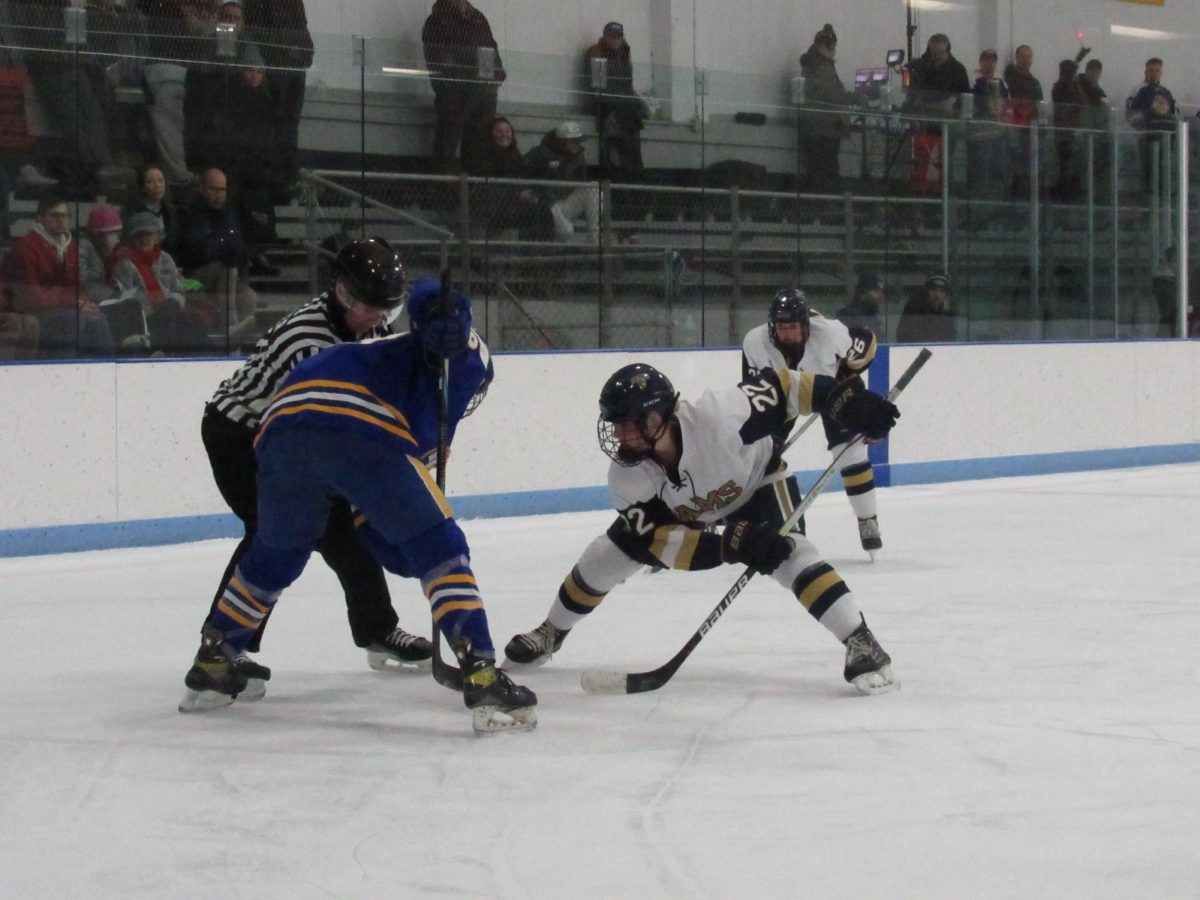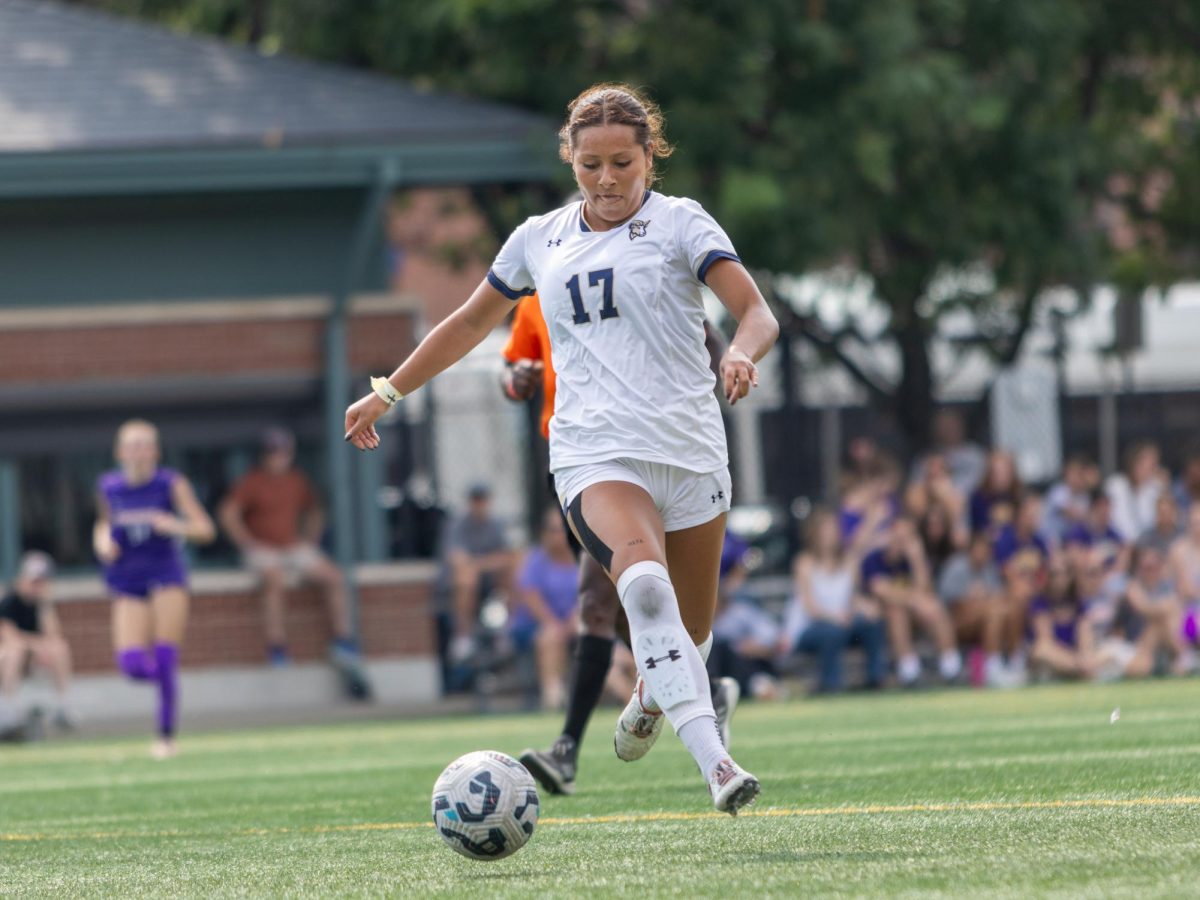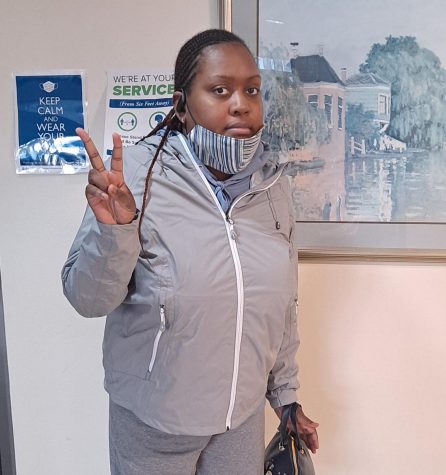June is known to many as the start of the baseball season, wedding season, graduation season and other summer events. But to me, it’s only known for one great reason: pride month!
A great way to celebrate who you are and this wonderful time of year is to watch documentaries that showcase the meaning of being out and proud, and part of this community. From learning about ball culture to the Pride movement, this list of best LGBTQ+ documentaries shows just that.
“The Times of Harvey Milk,” 1984
Harvey Milk was the first openly gay elected official in California and served on the San Francisco Board of Supervisors in 1978. He used his platform to rally against anti-gay laws, and his protests and activism paved the way for the gay rights movement in San Francisco. Even when he was faced with oppositions and death threats from other politicians, he continued to be an active advocate for equal rights for the LGBTQ+ community until he was assassinated in 1978 by politician Daniel James White.
This documentary captures the story of this amazing activist who inspired thousands of young people and gay people to use their voice in such a powerful way, up until his sudden death.
Director Rob Epstein managed to capture the time and era in which Milk lived in. Henceforth, the great commissary from people who were close to Mr. Milk like his friends and other activists that were there with him during the late ‘70s.
After his death, they continued to carry on his legacy by spreading the message of love and understanding and fighting for what’s right. This film is one of those special pieces of history that show what really started the idea of Pride.
“Wigstock,” 1995
This film took place in 1995 in New York City, during the protest for HIV/AIDS awareness, the push back against homophobia and other growing concerns that were affecting the LGBTQ+ communities. Wigstook was an annual drag music festival that brought everyone together for a celebration. It can be compared to a “Gay Woodstock.” Some of the participants included the legendary Lady Bunny and “Supermodel of the World,” RuPaul.
The filmmakers also showcased popular artists from the ‘90s to help the viewers get an inside look at rehearsal while getting to see how people interact with drag queens and kings and trans people. This film is full of light, laughter, and thoughtfulness. It shows that life itself can be very wild and that you just have to go along with it and have fun!
“Stonewall Uprising,” 2010
In 1969, Greenwich Village was the setting ground for the Stonewall riots, which changed the course of LGBTQ+ history in New York City and across the nation.
From eyewitnesses of the riot and raid into the Stonewall Inn, to police officers that were there, this documentary about the three-day riot had no filter and showed the struggle and fear that gay and trans people, especially people of color, went through during this period.
Directors Kate Davis and David Heilbroner did not hold back with showing footage and first-hand accounts of the event and the harassment that people of color and members of the LGBTQ+ community had to deal with.
This film is something of a time-capsule that showed the trouble and the turbulence that turned into a movement still going strong to this day. This is one of the most influential films of this decade. It did well at telling the true story of Stonewall while not trying to make each group of people involved look better or worse
“The Queen,” 1968
The 1967 Miss All-America Camp Beauty Pageant, a nationwide contest for drag queens held in New York City, is the setting for this documentary directed by Frank Simon.
The film showcased a group of young drag queens competing for the crown and discussed the topics of race, the Vietnam War, homophobia and what’s it like being gay in New York City in the 1960s. The film also showed interesting dialogue between Sabrina, who was the emcee of the event, and Crystal LaBeija, the runner-up of the contest. The big confrontation between them was not only eye-opening, but showed the unfair treatment of black gay people compared to others.
The climax of the film was the fight between Crystal and Sabrina over the outcome of the pageant and gives us one of the best “read” outs of the whole film, something that some younger people know about thanks to Aja’s snatch game performance on “RuPaul’s Drag Race All Stars” season five.
Overall, this film is one of the only films to highlight the LGBTQ+ community during the ‘60s in New York. LaBeija went on to start her own competition for queens of color and became a pop culture icon.
“Paris is Burning,” 1991
Before the TV show “Pose” showcased the ballroom scene and the “houses” in the scene, before “RuPaul’s Drag Race” offered up words like “tea” or “throwing shade” or my personal favorite, “read them to filth,” and before Madonna taught the mainstream to “Vogue,” Jennie Livingston introduced the world to her documentary “Paris is Burning” in 1991.
This film is worth a good watch and to have a greater understanding of what the gay culture was like during the ‘80s going into the ‘90s.
From the better understanding between drag queen legend Dorian Corey telling us the difference between shade and read, to learning about LaBeija creating the very first pageant for trans, Latinx and Black drag queens.
We also learn of the meaning behind the term “house,” which is when drag queens become part of a specific group of queens and learn/pass down their ways of drag.
“Paris is Burning” pretty much picks up from where “The Queen” left off. While “The Queen” mentions the Vietnam War, trouble with acceptance and having to deal with the struggle to fit as a gay or trans person, “Paris is Burning” deals more so with the growing HIV/AIDS epidemic, hate crimes and the war on drugs. This documentary is truly eye-opening with so many characters that viewers grow to love throughout the film.
This film is truly the pinnacle of LGBTQ+ documentaries. Reality TV shows like “Legendary,” “Pose” and others were inspired by great people like Willy Ninja (House of Ninja) and members of the House of Extravaganza, and other great LGBTQ+ figures featured in this film.
These documentaries can be watched on streaming services like Netflix, HBO Max and Hulu.


